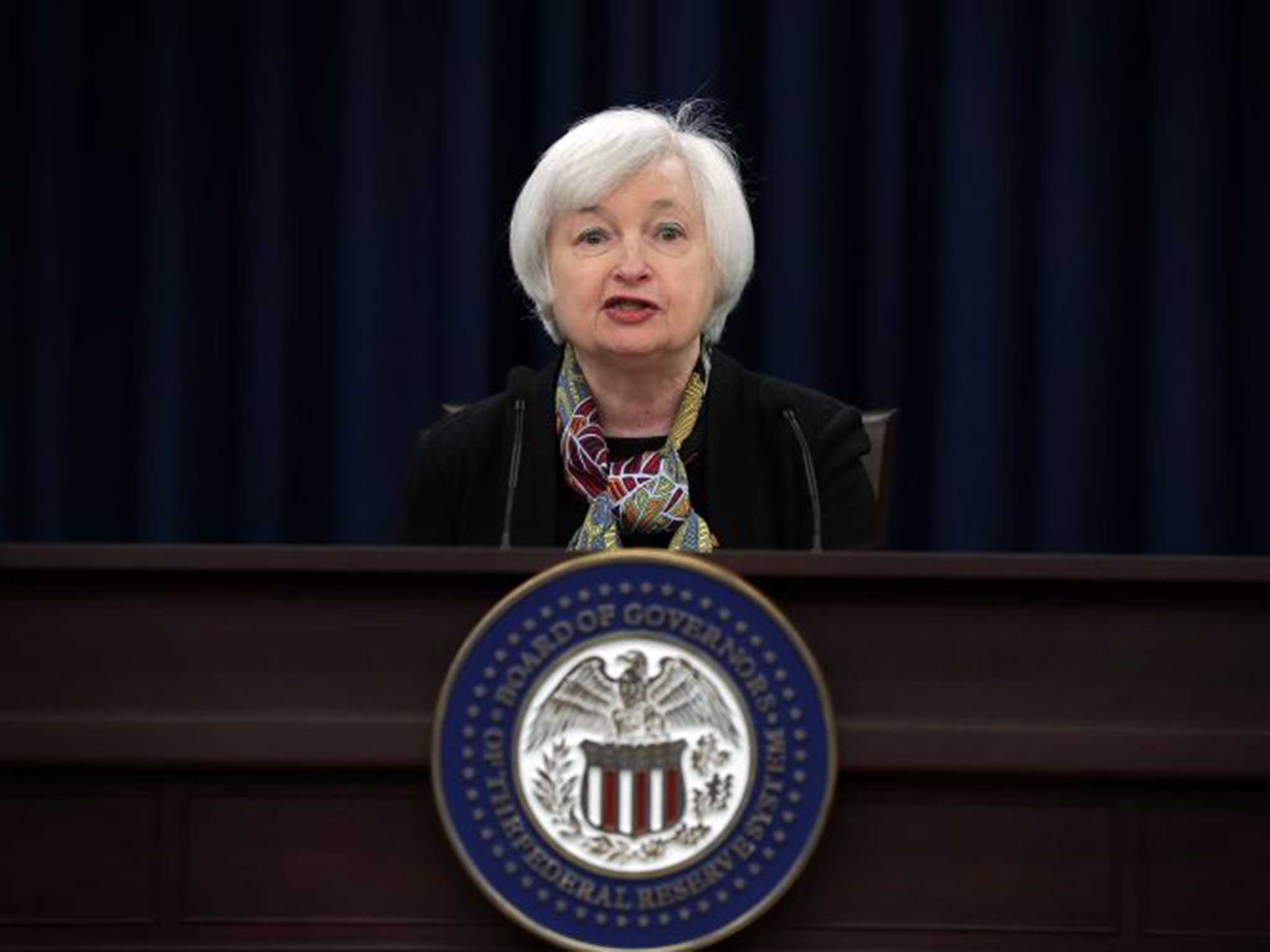Negative interest rates will have toxic side effects
Negative rates point to the fact that the global economic system cannot generate sufficient income to service, let alone repay, current debt levels - and that means trouble

Since 2008, policymakers have sought to use low rates to boost economic growth and increase inflation in order to bring elevated debt levels under control. Low rates should encourage debt-financed consumption and investment, feeding a virtuous cycle of expansion. Boosts to asset prices should support the collateral value against which banks have lent. Higher asset prices should result in increases in wealth encouraging spending. Low rates and abundant liquidity should drive inflation.
The policies have succeeded in creating a precarious stability. They have not created growth or inflation.
Increasingly, constrained by the Zero Lower Bound (ZLB) of rates, policymakers have found it necessary to innovate. They have used quantitative easing (QE) to purchase securities to lower interest rates. They have also directly employed negative rates.
Negative rates work through the same economic channels as low or zero rates. They have extra power in that savers suffer actual cash losses over and above any loss in purchasing power through negative real interest rates. In theory, the threat of actual loss should increase investment and consumption, helping economic growth and inflation.
Below zero rates also target the velocity of money, which has declined sharply since the Great Recession reducing the effectiveness of monetary policy globally. It is intended to increase the speed of circulation of money, as everyone seeks to avoid the loss caused by holding cash (commonly referred to as the "hot potato" argument).
It is also designed to encourage banks to lend aggressively. A key objective is to reduce excess reserves held by banks at central banks. The money is the result of QE schemes which have not flowed into the real economy. Negative rates impose a cost on banks, forcing them to increase loans thereby reducing their excess reserves.
The major unstated objective of negative interest rates is currency manipulation. Negative rates are a methamphetamine boosted form of zero or low interest which is designed to devalue a currency, as investors move capital elsewhere to avoid loss. Lower currencies increase export competitiveness by decreasing costs. It also decreases the purchasing power of debt denominated in the currency to reduce real debt levels.
In reality, negative interest rates are the result of a failure of policies to deal with unsustainable debt levels.
Debt can only be reduced by strong growth, inflation, currency devaluation (where the borrowing is from foreigners) or default. All the strategies other than growth involve some level of transfer of value from savers, either by reduction in the nominal value returned or decreased purchasing power.
Growth and inflation are low. Devaluation is difficult if every nation pursues a similar set of policies attempting to reduce the value of their currency. Debt default of the scale required would destroy a large portion of world’s savings as well as affect the solvency of the financial system, triggering a collapse of economic activity. As a result, policymakers refuse to allow write-downs of trillions of dollars of debt that cannot be paid back.
In absence of any politically acceptable and economically manageable solution, policymakers now rely on extend and pretend strategies combined with financial repression. Low rates and QE allow borrowings to be maintained to avoid a solvency crisis.
Central banks are covertly using negative rates to reduce excessive debt levels by transferring wealth from savers to borrowers through the slow confiscation of capital. In the US, zero interest rates have reduced the interest cost of the US$15 trillion US banking system. The reduction in annual interest income for savers is around $450bn, from roughly $500bn to only $50bn annually. Negative interest rates reduce the principal of the debt directly.
These actions retard growth, promote deflation and create fertile condition for financial crises. Such policies are also difficult to reverse as high debt levels and the asset values that support them are only sustainable with very low interest rate.
It is a fool’s paradise, where a state of bliss is reliant on ignorance or denial of potential trouble.
Negative rates point to the fact that the global economic system cannot generate sufficient income to service, let alone repay, current debt levels. It is an attempt to maintain artificial current asset values and the debt that it supports. Artificially depressed rates only allow this excessive debt to be managed. It does not improve the real economy or enhance its productive capacity. In fact, the toxic side effects of the policies are damaging to economic activity. More fundamentally, the measures damage the trust that the economic system needs to function properly.
Such financial manipulation will ultimately reach its limit, with catastrophic consequence. The form it will take and its exact timing remains unknowable. The reality is that current policies if continues make it inevitable.
Satyajit Das is a former banker. His latest book is ‘A Banquet of Consequences’, published in the US as ‘The Age of Stagnation’. He is also the author of ‘Extreme Money and Traders, Guns & Money’
Join our commenting forum
Join thought-provoking conversations, follow other Independent readers and see their replies
Comments
Bookmark popover
Removed from bookmarks